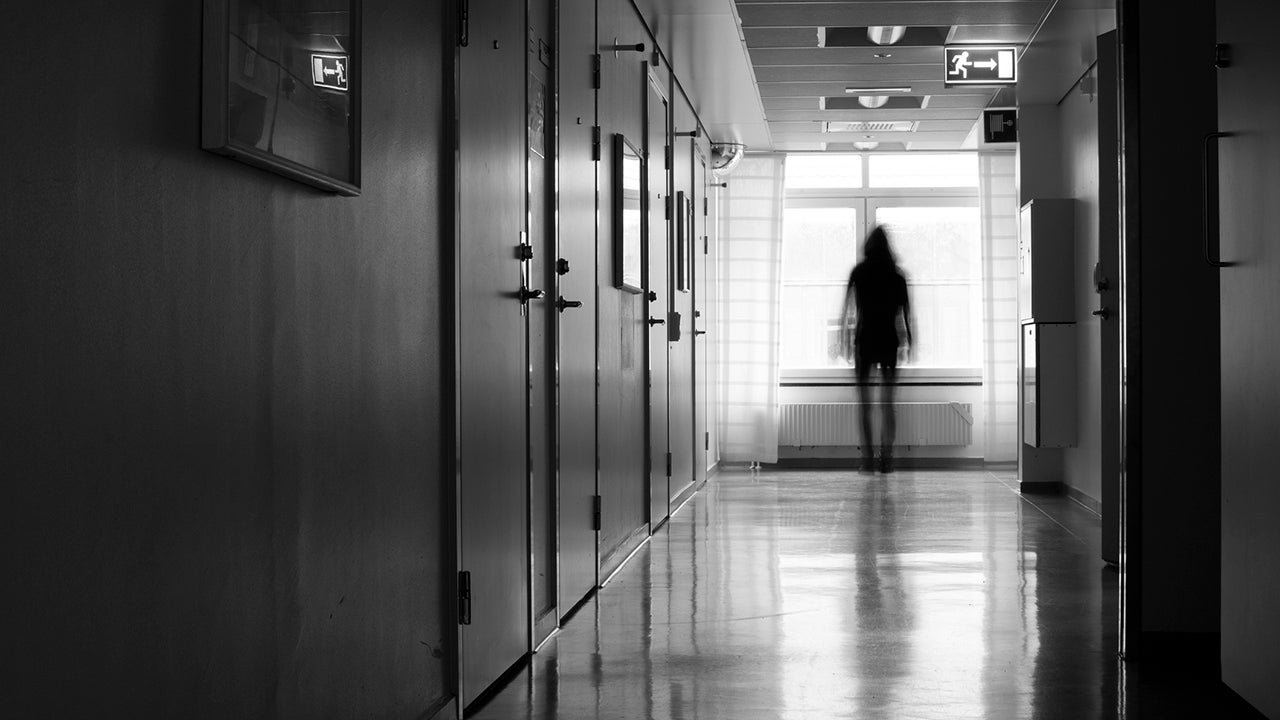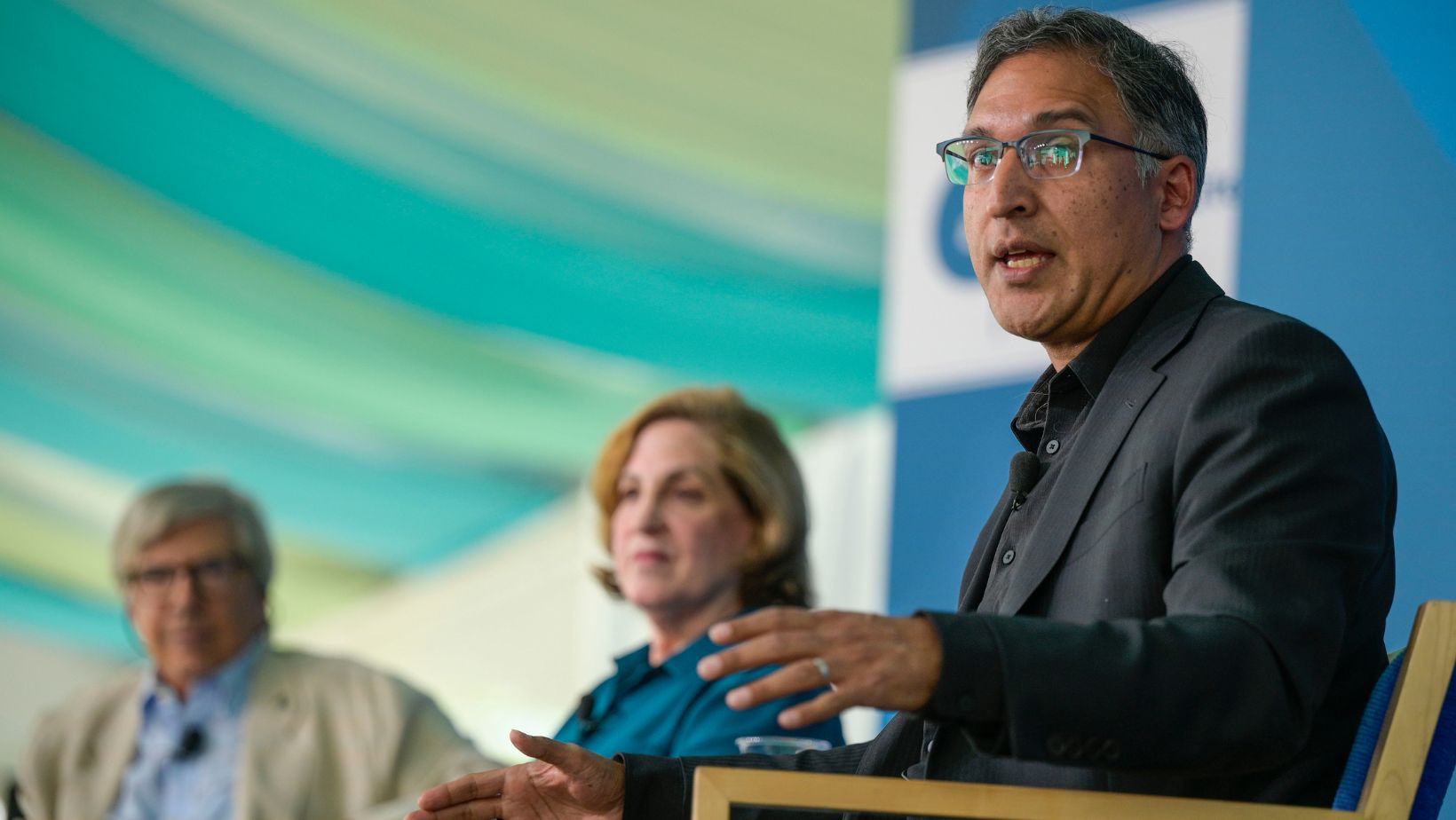Katie Keith is director of the Health Policy and the Law Initiative at Georgetown University Law Center, where she is adjunct professor of law. Keith’s analysis focuses on ways litigation shapes health policy and the role of the courts in influencing legislative and regulatory outcomes. Before she takes the stage at Aspen Ideas: Health, she agreed to talk to us about the state of health care and the courts in 2022.
What most surprised you as someone who was covering the courts during the pandemic?
I was pleasantly surprised by how accessible hearings and other court proceedings became thanks to remote operations during the pandemic. While not all courts adopted the same policies, the Supreme Court began livestreaming their oral arguments so anyone can listen in real-time (without standing in line or waiting on a recording or transcript). And many hearings continue to be remote so you can often listen in even from another city. These options have made it easier to track all the litigation out there, and I hope these policies continue.
One thing that has been frustrating (although perhaps not surprising) is the degree to which the courts have limited the federal government’s ability to use emergency powers to promote public health and protect workers. I’m thinking of policies like the eviction moratorium and mask mandate for public transportation from the Centers for Disease Control and Prevention—and the vaccine-or-test mandate from the Occupational Safety and Health Administration. Courts have invalidated these common-sense pandemic policies, which makes me deeply concerned that our hands will be more tied during the next public health emergency.
Beyond the pandemic, these decisions could have even broader implications for health care. In particular, I’m waiting for what could be several significant Supreme Court decisions, like West Virginia v. Environmental Protection Agency, that could further alter the options that Congress and agencies have to make and implement new policy.
Many people pay attention to decisions made by the Supreme Court but what should we know about decisions made by lower courts?
This is such an important question! Many people do not realize just how few cases are heard and decided by the Supreme Court. Of the thousands of cases that the Justices are asked to consider, the Supreme Court hears only 80 or so cases each term. So the vast majority of decisions are made by hundreds of far less visible district and appellate court judges. Just like the Supreme Court, these judges are appointed for life by the president and confirmed by the Senate.
Many know that President Trump appointed one-third of the Justices on the Supreme Court. But he also appointed a significant number of lower court judges. All told, he had appointed about one-quarter of all active federal judges by the end of his term, with an emphasis on the nation’s 13 appellate courts. (President Trump appointed nearly as many appellate judges in four years as President Obama did in eight years.) President Biden and the Senate have also prioritized judicial appointments. But the sheer number and young age of President Trump’s judicial appointees mean we should expect a more conservative judiciary for decades to come.
Another hot topic is whether district courts should be able to stop federal policies on a nationwide basis—or whether they must limit their ruling to only the parties before them. As things stand, a single judge in a single district court can singlehandedly stop a federal policy from going into effect anywhere in the country. These types of decisions are not new but have been used to stymie a wide array of health policies and led to, in some cases, extreme forum shopping. Whether and when courts can issue these broad rulings will be a key issue to watch.
Why do you think the Affordable Care Act has managed to withstand so many legal challenges?
Litigation has been one of the few constants for the Affordable Care Act. Opponents sued mere minutes after President Obama signed the bill into law, and the Supreme Court has ruled three times (including as recently as last year) on existential legal challenges to all or much of the statute. There have also been (or will be) many more lawsuits over Obama-, Trump-, and Biden-era rules to implement the Affordable Care Act.
Why haven’t all these challenges succeeded? In some cases, the legal arguments are just weak. In others, federal judges may have been hesitant to disrupt health care for millions of patients. Regardless of the reason, the Affordable Care Act—12 years later—is on its strongest footing ever with record-high enrollment for 2022.
While the law itself has largely survived, the lawsuits have had an impact. As just one example, Congress drafted the Affordable Care Act expecting that all states would expand their Medicaid program to low-income adults. However, in 2012, the Supreme Court made it optional for states to do so, leading to the so-called “Medicaid coverage gap.” Millions of low-income people still fall in this judicially-created gap and do not have an option for affordable health insurance.
Is there a health care policy that has surprised you in its effectiveness or ineffectiveness?
Let’s go with an effective policy! I would highlight the benefits of the Affordable Care Act’s preventive services mandate, which requires insurers and plans to cover certain preventive care without cost-sharing. Examples include vaccines, contraception, and screening for conditions like cancer, high blood pressure, and depression. In effect since 2010, more than 150 million people have benefited from this provision, which has increased cancer screening, improved the earlier detection and treatment of chronic health conditions, and narrowed racial disparities.
Despite these benefits, a lawsuit in Texas—known as Kelley v. Becerra—argues that the preventive services mandate is unconstitutional. If successful, this legal challenge would take down the whole statute and could disrupt access to preventive care for millions of people. With a district court decision expected any day now, this will be another case to watch.
What is one thing you wish more people understood about the state of health care in the US?


